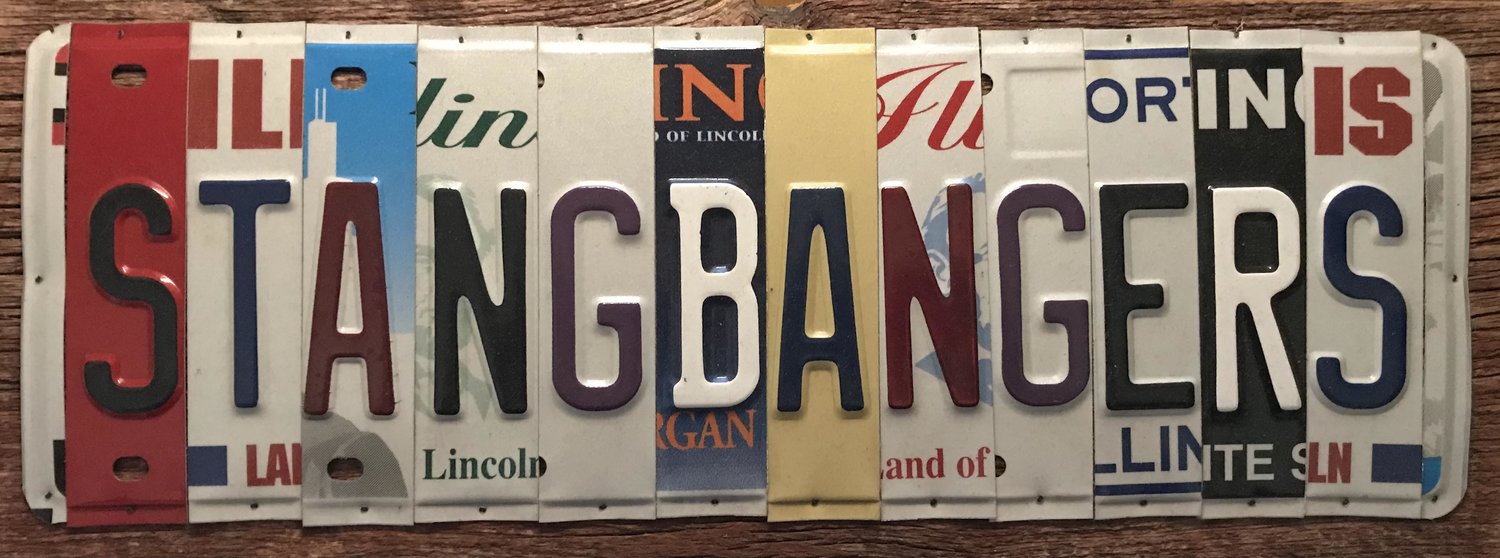Ford Patents “Automated Manual” Transmission
The enthusiast community has been decrying the death of the manual transmission for what feels like decades, and for good reason. The numbers of manuals offered in new cars has shrunk year after year to the point that by our best estimations, just 1 percent of new cars are sold with a three-pedal setup. A recent patent filing from Ford stands to keep the manual on the road for enthusiasts — but there’s a catch.
This patent was originally filed in 2018 but only recently did the details get fully uncovered. You can read the full summary and background if you just love a warm cup of coffee and endless paragraphs of legalese. In case that isn’t your thing, and we’re guessing it isn’t, we dug out the highlights of what this is, what it could be, and why this is a good thing. Let’s get to it.
What it is
The core of Ford’s patent is a manual transmission with a clutch pedal that can be automated — theoretically, a best-of-both-worlds scenario. Instead of a traditional hydraulic clutch that only disengages when the driver presses that third pedal, this patent proposes an electric motor to actuate a hydraulic cylinder which would engage and disengage the clutch. This would mean the clutch pedal is merely an electric switch — and that switch, pedal-style or otherwise, could control the clutch the same way. The patent proposes using a pressure sensor on the shifter itself that would disengage the clutch when the driver pushes or pulls on the shifter to change gears. Alternatively, the driver can override the controller and use a pedal to actuate the clutch.
Why it could work
The core of this design is the same system that is in millions of manual-transmission cars today. Using an electric motor to actuate the system allows this “manual” to mesh nicely with the advanced cruise-control systems on the market today, since the car’s computer could take command of clutch duties when needed but leave shifting to the driver by default. The ability to remove the leg-cramping clutch-in, clutch-out from stop-and-go traffic might bring some manual lovers back into the fold, too. (No, you aren’t a wimp if you bought an automatic-equipped car as your daily commuter. We’ve all been there.) An electronically actuated clutch would also mitigate the three-pedal learning challenge and the initial fear of damaging a clutch.
This is not an attempt to make a dual-clutch transmission feel like a traditional manual, and we applaud Ford for it. Shift speed with this design would likely be no better or worse than that of a traditional manual, which probably keeps a system like this out of realm of halo cars or pure performance machines. We’ll readily acknowledge that DCTs execute far faster shifters and are often better for track use. The language of Ford’s 2018 patent is clearly targeted at consumer automobile, though, rather than performance.
(photo credit: Ford Global Technologies LLC)




